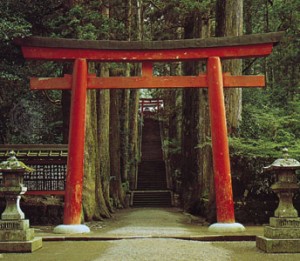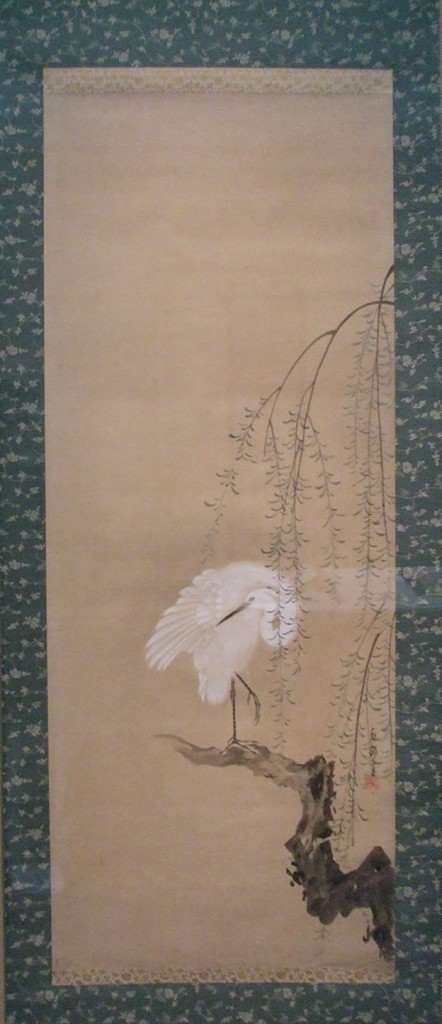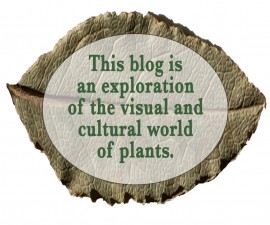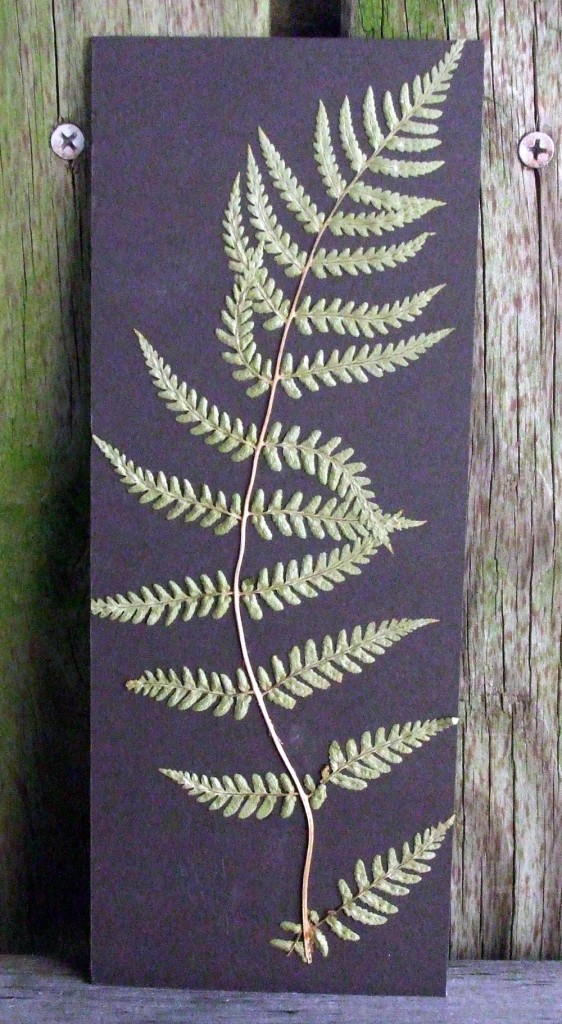The Freer Gallery of Art on the national mall in D.C. houses one of the most outstanding collections of Asian art in the U.S. It was a highlight of my trip to that area this fall.
Seeing art from the Shinto era was really special. The prevailing religious practice, or more like world view, prior to the arrival of Buddhism in the 6th century, was Shinto. It lacked intellectually complex doctrines, formality, and organization. But, there were many groups of people devoted to the spirits (Kami) of nature that were found everywhere, in plants, animals, mountains, seas, and all natural phenomena. The realms of earth and the supernatural world were so closely integrated that they were seen as part of the same.
Shinto sees divinity in everything, and practicing it is designed to bring us into communion with the Divine.
The image posted above is a Shinto shrine gate, or Torii, marking the shrine entrance. These gates mark the division between the spiritual world and the physical world. The shrines / gates were always located outside.
The form to the right was one of the best things I saw while in D.C. It’s a 10th century bronze depiction of Shiva Nataraja in the Freer Gallery. 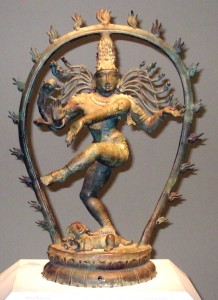
It represents the profound belief that Shiva Nataraja (Lord of the Dance) dances the world into existence. The depiction shows the expression of the rhythm and harmony of life. He dances closely to the flames of destruction while balancing on the dwarf of ignorance.
Everything rests on a lotus pedestal, the symbol of the creative forces of the universe.
It might be my most perfect metaphor for life. Everything’s a dance. If you’re not dancing close to flames and destruction, you’re not really in the dance of life. It’s action (dance) that brings life into existence. Our entire physical world rests upon plant life – it provides our life force in the air we breathe and in the food we eat – either directly or indirectly through the animals we eat.
It’s amazing to see historical artifacts that were at one time symbols of the highest reverence.
In general, I love the style of image placement and arrangement I notice in Asian art. The image below is a good representation of that style.
(Top image is a stock photo and the other two are photos I took at the Freer. I contacted the gallery and they I could use any photos I took while there and I didn’t have to credit the Freer.)

